Electron launches South Korean imaging satellite and NASA solar sail
Wednesday, 24 April 2024 10:14

Signs of spiders from Mars
Wednesday, 24 April 2024 08:00
No sign of Ziggy Stardust – but ESA’s Mars Express has snapped the telltale traces of ‘spiders’ scattered across the southern polar region of Mars.
Virtual tour of ESA’s Test Centre
Wednesday, 24 April 2024 07:25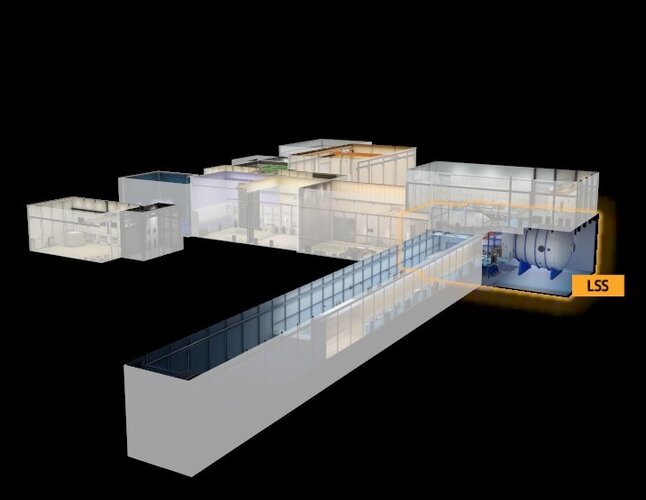 Image:
Virtual tour of ESA’s Test Centre
Image:
Virtual tour of ESA’s Test Centre China to send three astronauts to Tiangong space station, part of its ambitious program
Wednesday, 24 April 2024 07:16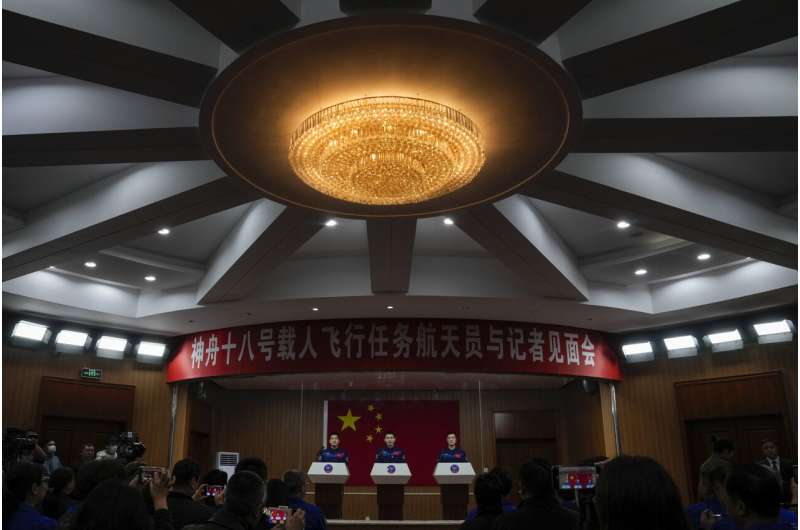
China's space agency is making final preparations to send a new crew to its space station on Thursday as part of its ambitious program that aims to put people on the moon by 2030.
The three-member crew of the Shenzhou-18 spacecraft will relieve the current team who have been manning China's Tiangong space station since last October.
China built its own space station after being excluded from the International Space Station, largely due to the United States' concerns over the People's Liberation Army's—the Chinese Communist Party's military arm's—involvement in the program.
Japan's moon lander wasn't built to survive a weekslong lunar night. It's still going after 3
Wednesday, 24 April 2024 07:15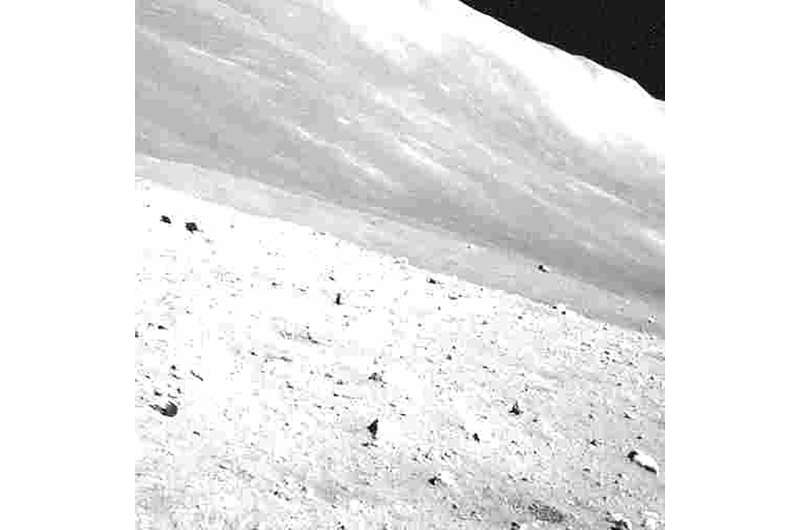
From space to soil
Wednesday, 24 April 2024 06:50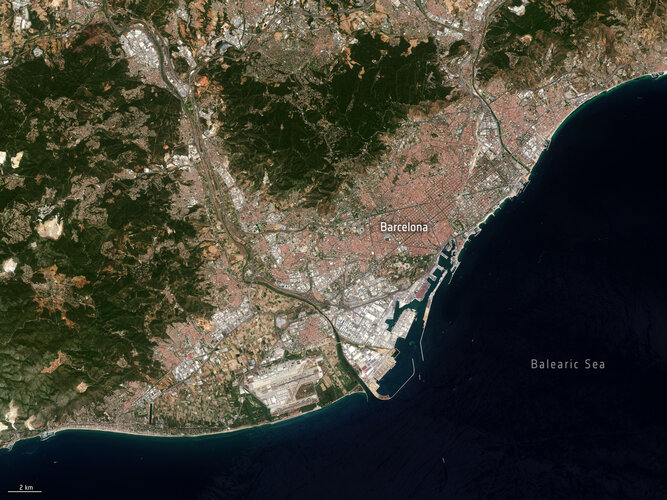
Soil sealing might not be a term that everyone's familiar with, but its effects are felt far and wide, particularly in urban areas.
Recognising the urgencies of addressing soil sealing and its associated challenges, an ESA-funded project, Ulysses, is offering insights into the extent and severity of soil sealing to mitigate soil degradation in the Mediterranean region.
Space Force to industry: Prove value of new commercial space services
Tuesday, 23 April 2024 23:19

China advances its earth observation capabilities with new satellite launch
Tuesday, 23 April 2024 21:30 China Aerospace Science and Technology Corporation (CASC) successfully launched a Long March 2D carrier rocket from the Xichang Satellite Launch Center in Sichuan province at 7:45 am on Sunday, delivering the new Yaogan 42B remote-sensing satellite into its planned orbit.
The Yaogan 42B, the newest member of China's expanding remote-sensing satellite fleet, is designed to enhance Earth obs
China Aerospace Science and Technology Corporation (CASC) successfully launched a Long March 2D carrier rocket from the Xichang Satellite Launch Center in Sichuan province at 7:45 am on Sunday, delivering the new Yaogan 42B remote-sensing satellite into its planned orbit.
The Yaogan 42B, the newest member of China's expanding remote-sensing satellite fleet, is designed to enhance Earth obs Exploring the marvels of Galileo: Europe's satellite navigation system
Tuesday, 23 April 2024 21:30 Galileo, born in the Netherlands in the 1990s and developed at ESA's ESTEC in Noordwijk, stands today as a testament to European innovation and technological ambition. This satellite navigation system has evolved into the largest and most complex constellation and ground segment in Europe, playing a pivotal role in various sectors including agriculture, search and rescue, robotics, and more.
Galileo, born in the Netherlands in the 1990s and developed at ESA's ESTEC in Noordwijk, stands today as a testament to European innovation and technological ambition. This satellite navigation system has evolved into the largest and most complex constellation and ground segment in Europe, playing a pivotal role in various sectors including agriculture, search and rescue, robotics, and more. Tsinghua University advances lunar habitat construction techniques
Tuesday, 23 April 2024 21:30 Tsinghua University's latest research emphasizes the critical importance of in situ lunar construction as we shift from exploration to the establishment of Moon habitats. Focusing on regolith solidification and formation, the study, led by Professor Feng, evaluates nearly 20 techniques for creating building materials directly from lunar soil, aiming to maximize efficiency and reduce dependency o
Tsinghua University's latest research emphasizes the critical importance of in situ lunar construction as we shift from exploration to the establishment of Moon habitats. Focusing on regolith solidification and formation, the study, led by Professor Feng, evaluates nearly 20 techniques for creating building materials directly from lunar soil, aiming to maximize efficiency and reduce dependency o Exploring methane mysteries on Mars: Curiosity Rover's new findings
Tuesday, 23 April 2024 17:36 NASA's Curiosity Mars Rover has revealed that methane is emerging from Gale Crater's surface, presenting a puzzling scenario for scientists. On Earth, most methane is biologically produced, yet Mars shows no clear signs of life, past or present, making this discovery unexpected. Curiosity's onboard laboratory, Sample Analysis at Mars (SAM), has consistently detected methane traces, suggesting a
NASA's Curiosity Mars Rover has revealed that methane is emerging from Gale Crater's surface, presenting a puzzling scenario for scientists. On Earth, most methane is biologically produced, yet Mars shows no clear signs of life, past or present, making this discovery unexpected. Curiosity's onboard laboratory, Sample Analysis at Mars (SAM), has consistently detected methane traces, suggesting a Large cargo landers to boost Moon missions for Artemis
Tuesday, 23 April 2024 17:36 NASA has commenced the development of large cargo landers under its Artemis program, with the aim of enhancing the scientific exploration capabilities of the Moon. The initiative involves collaboration between NASA and its human landing system providers, SpaceX and Blue Origin, to create landers capable of delivering substantial equipment payloads to the lunar surface.
These landers, which
NASA has commenced the development of large cargo landers under its Artemis program, with the aim of enhancing the scientific exploration capabilities of the Moon. The initiative involves collaboration between NASA and its human landing system providers, SpaceX and Blue Origin, to create landers capable of delivering substantial equipment payloads to the lunar surface.
These landers, which NASA to overhaul mission returning samples from Mars—here's why it must and will go ahead
Tuesday, 23 April 2024 15:50
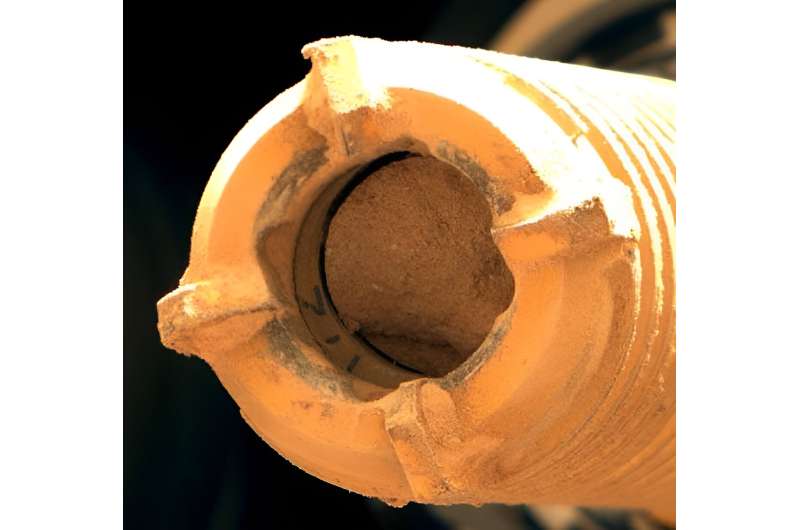
NASA recently announced that it is seeking new ways to complete the return to Earth of rock cores drilled by the Perseverance Rover in the Jezero Crater on Mars. This has led to some anxiety among space scientists, who view the Mars Sample Return (MSR) mission as a cornerstone of plans to explore the solar system.
But when you consider what's at stake, scientifically and politically, it seems highly likely that NASA will push ahead with the mission to make it a success.
One key conclusion of the NASA review is that MSR was established with unrealistic budget and schedules. Now it expects a cost of US$8–11 billion (£6.5–8.9 billion), having originally estimated $5.3 billion. That's not including the investment that the European Space Agency (ESA) is making, which is probably of the order of €2 billion (£1.7 billion).



